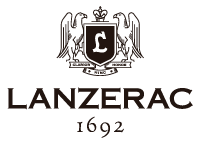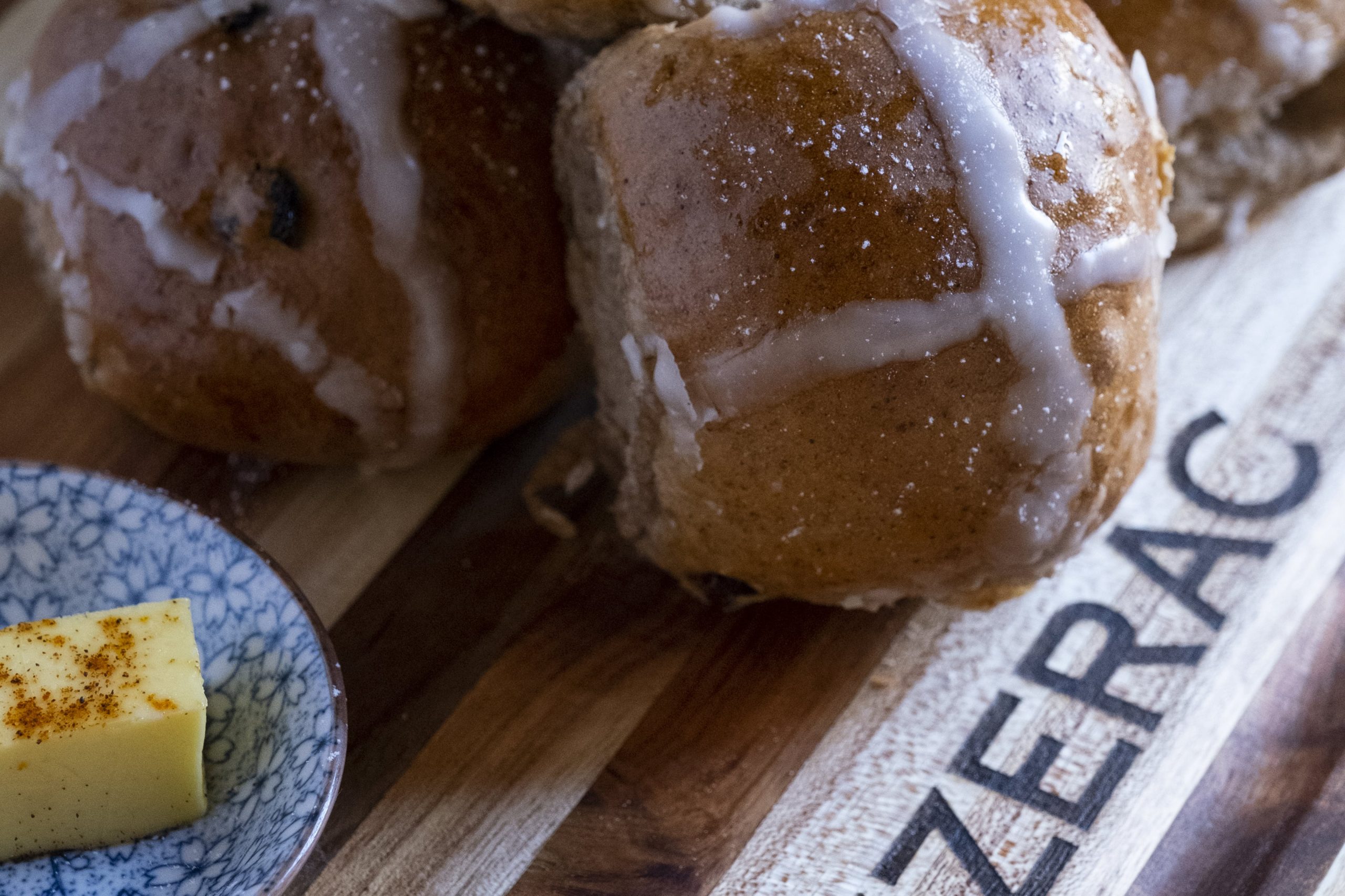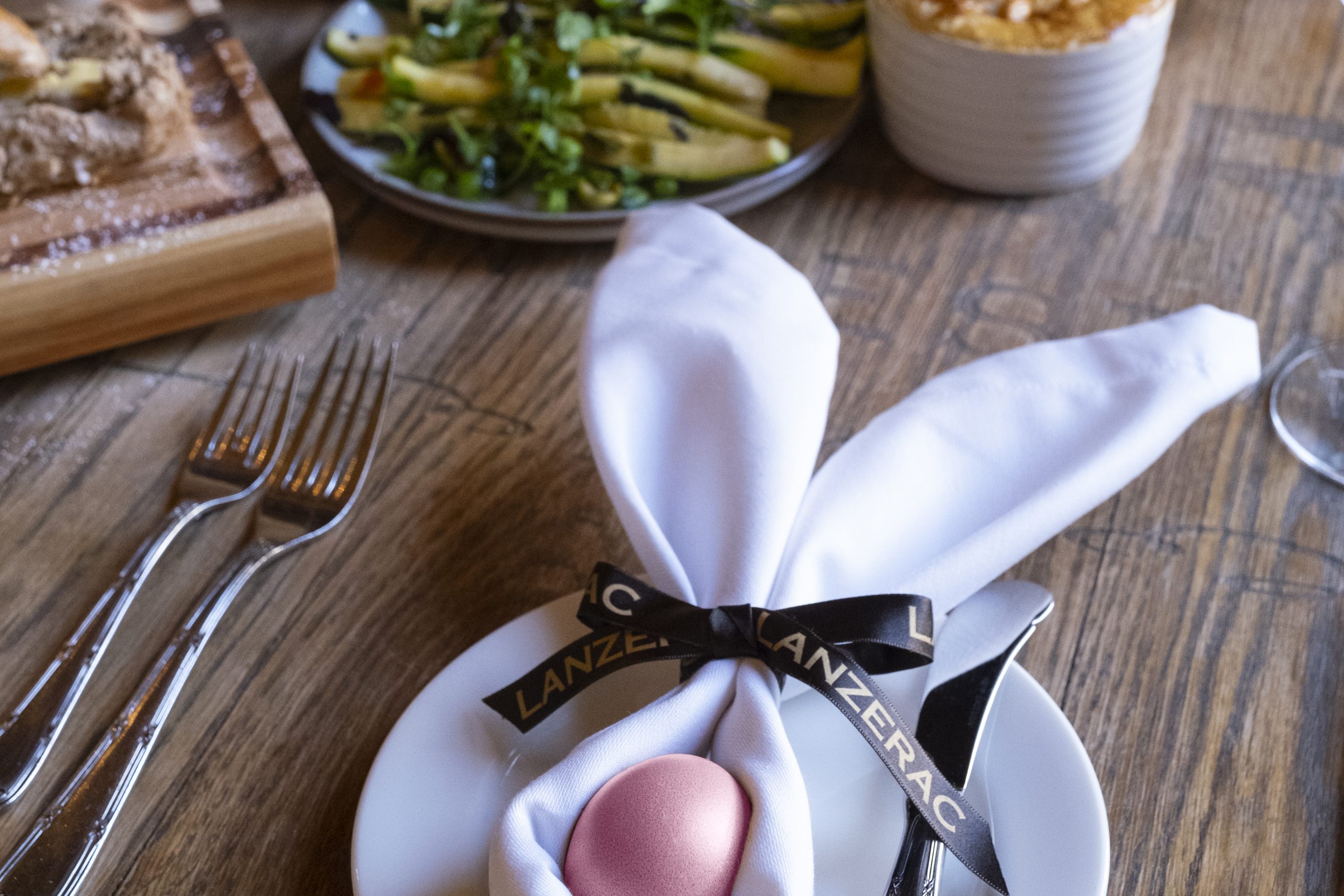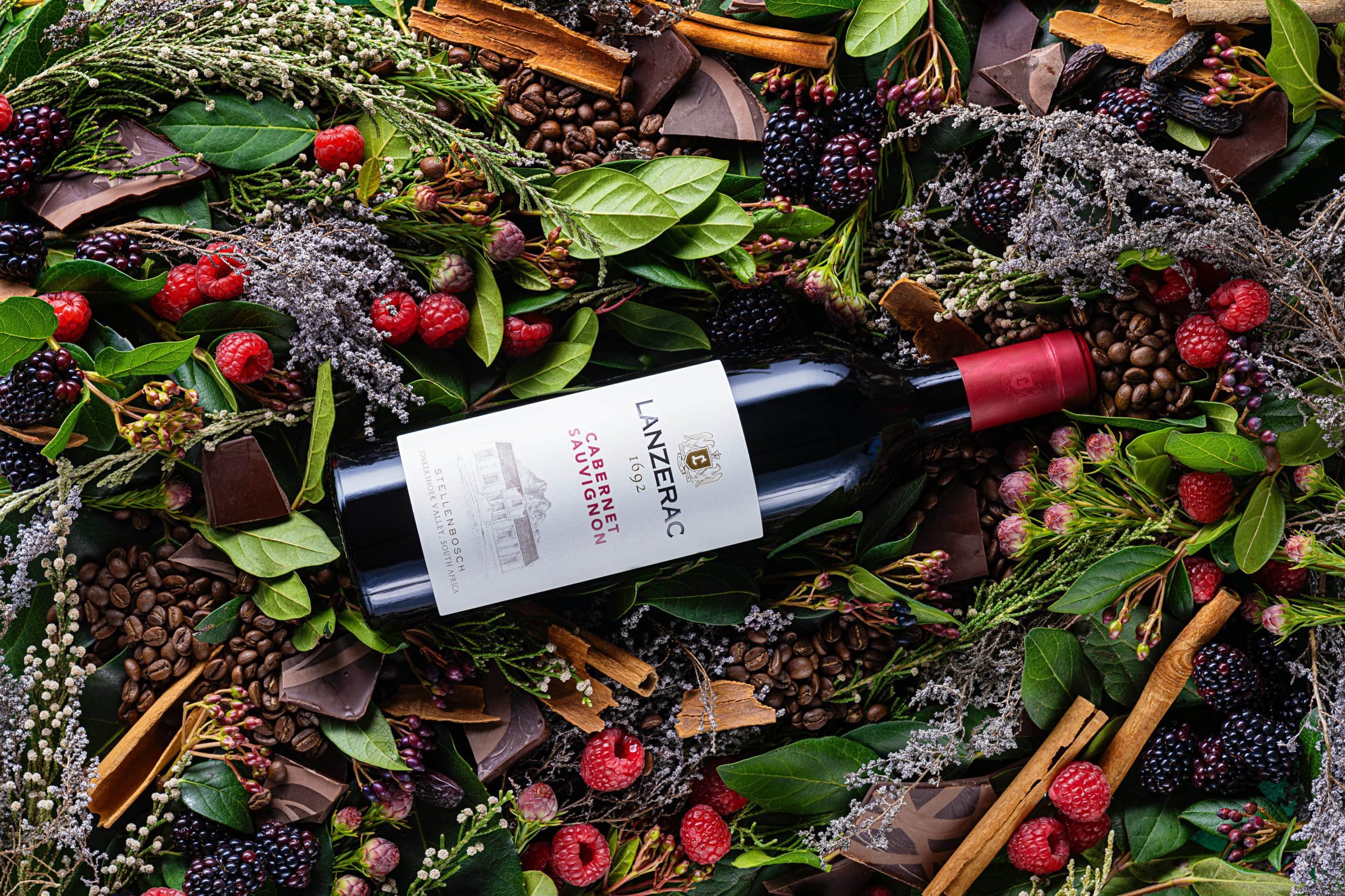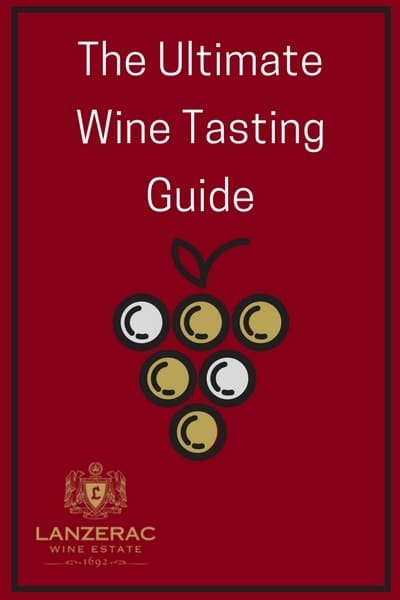 How many of the people who present as wine snobs, swirling and gurgling and spitting, do you think actually know what they’re talking about? And how many do you think are just going through the motions?
How many of the people who present as wine snobs, swirling and gurgling and spitting, do you think actually know what they’re talking about? And how many do you think are just going through the motions?
Whether you want to hobnob with a wine snob, or call a pretentious pretender out on their nonsense, we’ll teach you how to get the very best out of your wine drinking experience with our easy wine tasting guide; what you do with that knowledge is up to you!
It’s not just about the drinking and new experiences of the wine, but also to develop the basic wine tasting etiquette that you need to have in order to fully enjoy the event.
We’ll teach you how to analyse and assess the look, smell, taste and mouth-feel of a wine; how to throw around the lingo, and what to say when engaging the real connoisseurs in conversation.
Without further ado; here is an easy guide on how to do wine tasting to getting the most out of the experience:
– (1) Look –
The first step to appearing knowledgeable is to look at your glass of wine under neutral lighting. If you’re throwing the wine tasting event, and you want to impress the attendees; be sure to use the correct wine tasting glasses for the ultimate effect. You should serve the wine out of clear crystal glasses so that the look of the wine is not affected by a tint in the glass.
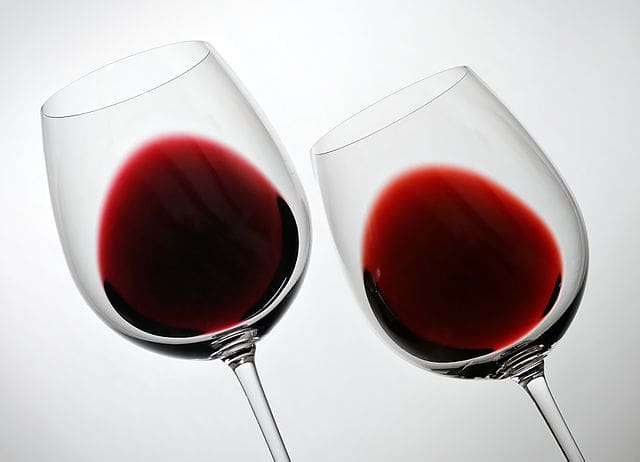
If you’re hobnobbing with a wine snob, avoid serving wine out of colourful wine glasses, no matter how beautiful the cut glass is – they care more about the contents than the presentation.
Okay, so now you know that you need to inspect your wine in neutral light first in order to appear knowledgeable; but what is the colour of your wine really supposed to tell you? Well…
In reality, this step is really only of fundamental importance if you’re doing a blind tasting, because otherwise, everything that this first step could potentially tell you about the wine will be found on the bottle.
The “Look” step can help you determine the wine’s vintage, its age, and the grape variety used; but when this is already on the bottle you needn’t give your wine more than a glance, really.
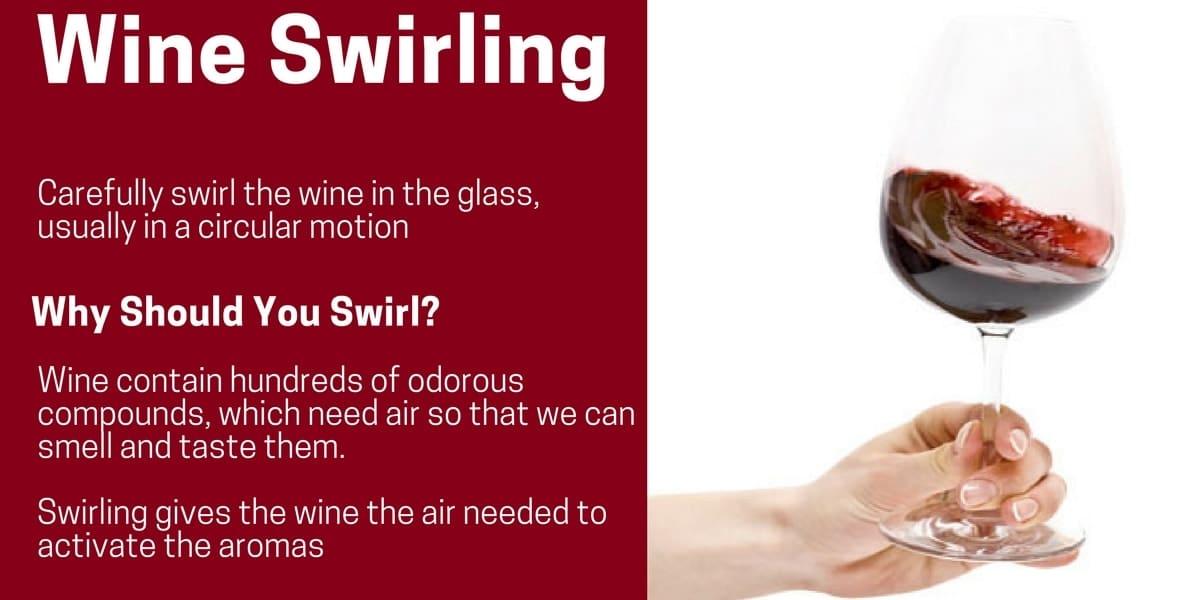
When looking at your wine you can give it a hearty swirl and assess the opacity, the colour, and the viscosity of the wine. When in doubt, making a colour comparison in conversation always seems to sit well with those who consider themselves wine experts.
You’d rarely be off base if you offer something generic like, “wow, it’s ruby isn’t it”. On the off chance that someone takes you on about it, you can always claim poetic licence.
– (2) Smell –
The second step in our wine tasting guide is to give your glass a good sniff. Again, if you’re not much of a wine drinker, or your sense of smell is subpar; taking your cue from the label on the bottle literally cannot steer you wrong.
However, if you’ve got a super sniffer and a keen desire to learn about what sniffing your wine is supposed to be telling you, well…
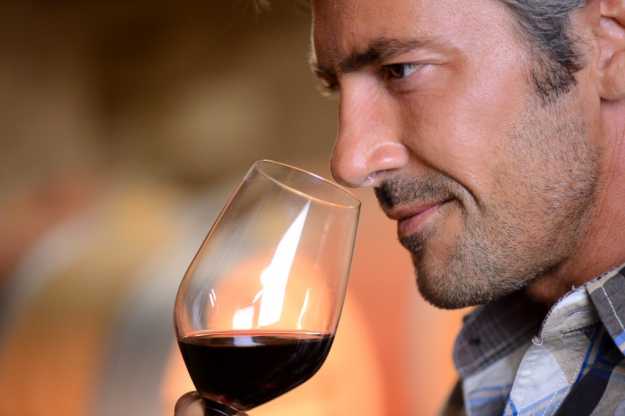
Smelling your wine is all about speculating as to the winemaking process, and what might make the wine unique. It may help to think in broad strokes first: does the wine smell floral?
If so, does it tend toward citrus or more toward a tropical fruit smell?
It can be very frustrating trying to pinpoint a particular note, even for the professionals, and broad strokes is really enough to go on; the winemaker or the bottle will be able to tell you more about the specific processes and their effects on the wine in question.
Remember, there really is no right or wrong answer – nobody can tell you that you cannot smell citrus in a wine if that’s what you smell.
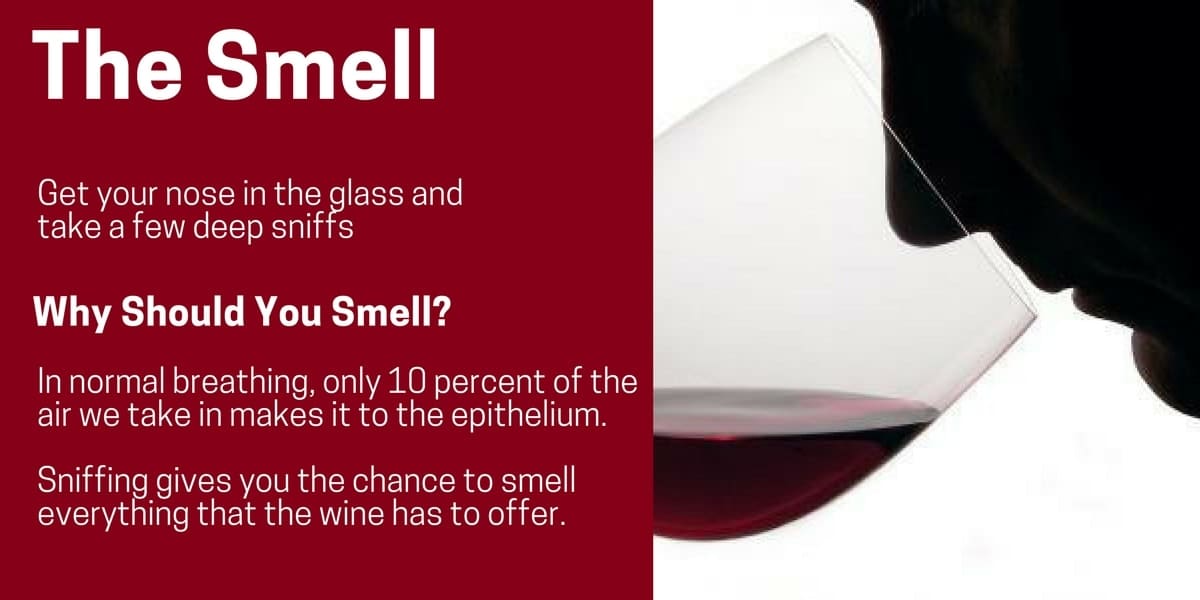
The nose of the wine can be divided into three primary categories, and this may help you think in the right terms to best describe your experience of the wine:
Primary Aromas: These will be the plant-based scents, and will be the most overwhelming. This will include your grape’s scent, as well as any herbal or floral notes.
Secondary Aromas: Your secondary aromas are those that arise as the result of the winemaking process. The most common secondary aromas are yeast-based and are most commonly detected in white wines and Mèthode Cap Classiques.
Tertiary Aromas: Tertiary aromas arise as the result of the aging process. This is what gives wine an oaky scent, an earthy scent, a roasted scent etc. These are the scents one might best describe as dark or heavy.
Pro Tip:
- Never say a wine smells sweet. “Sweet” is an adjective reserved among those who know, for the tasting portion of the experience.
- If you become overloaded with scents, sniffing your forearm functions as a great nasal “reset” button.
– (3) Taste –
Arguably the best part of the wine tasting experience: the actual tasting part. Now remember, a good wine is ultimately any wine that you enjoy drinking, and don’t let anybody tell you differently.
That doesn’t mean, however, that you can’t still enjoy and learn about a complex wine or develop your palate. You can appreciate a sip, and the winemaker’s craft, without wanting to drink an entire glass of any given wine.
You can also use this guide to better understand what you like in some of your tried and trusted favourite wines and use that info to help you explore more wines like it!
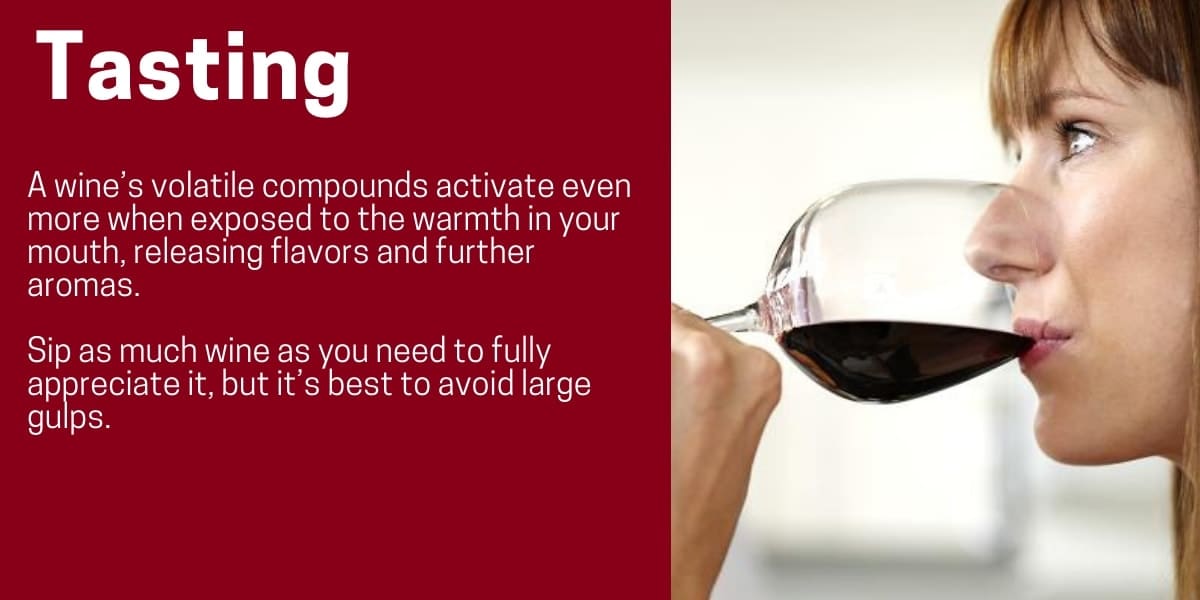
In tasting the wine, you’re not only assessing the flavour of the wine, but also the mouth-feel, and the retro-nasal aroma, which may prove very different from the aroma experienced in the previous step.
If you want to get technical, there are three things you can think about and offer your feedback on when you’re tasting a wine:
Taste: Thinking in terms of known opposites is a great place to start when tasting your wine. On a scale from sweet to bitter, where do you think the wine might fall?
Or is the scale rather running from sweet to sour with a particular wine? Is the wine more savoury or decidedly sweet?
All wines will ultimately be at least a little sour because grapes are naturally mildly acidic, however, certain wines will hide this acidity and others will emphasize that element of the wine.
Texture or Mouth-Feel: The texture of a wine refers to how the wine feels when it’s in your mouth. Does it feel velvety? Does it feel soft? Smooth?
Does it sting a little or give you that dry mouth sensation like after a doctor has used a tongue depressor on you during an exam? If you get a sensation similar to that, also referred to as a “sand paper” feeling, you can definitely make a comment about the wine’s tannins – they are what cause that effect.
More tannins = stronger impact. The richer or heavier a wine tastes, the higher the alcohol content, and the riper the wine.
Length: A fine wine, like a good meal, has many courses. There is the initial taste, the mid-palate flavour and then the end notes. The length of the wine refers to just how long the flavour of the wine lingers in the mouth.
– (4) Think –
If you want to learn as much about the world of wine tasting as quickly as possible – engage with your server, go wine tasting so that you can sample multiple varietals back-to-back, and definitely take wine tasting notes.
Nothing screams “I know what I’m talking about” like a notepad and pen at the ready.
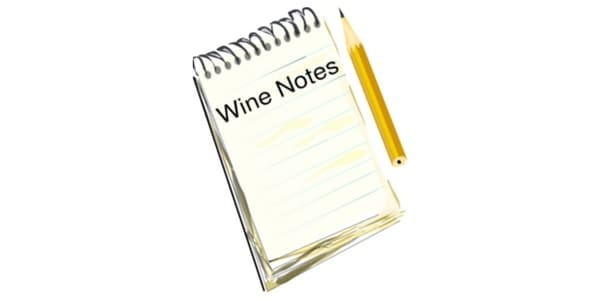
If you think your notes are unstructured or you’re scared your opinions might be “wrong”, you can always take notes as your server introduces you to a wine, and then compare their notes to your own personal experience.
Contradicting the server is not a crime, and everyone’s tastebuds and personal preference will ultimately vary.
You can appreciate an element of a wine without enjoying the wine, and this is a perfectly acceptable comment to make when assessing a wine.
Once you’ve developed your palate and can identify what it is about a wine that puts you off (the tannins are too strong, you don’t enjoy berry-noted wines etc.), you can articulate to your server what you’re looking for and not looking for in a wine and they can best serve you a wine that you might enjoy.
Remember, at the end of the day, your opinion is your opinion and you’re entitled to it. 3 simple questions to ask yourself after tasting a wine are:
Did I enjoy the wine? If not, why not? If so, what did I like about it?
Was the wine balanced? If not, what was out of balance? Was it too acidic? Was it too tannic? Too alcoholic?
Was the wine memorable? I.e. what, if anything, made the wine unique?
Helpful Wine Tasting Tips:
A troubleshooting guide to some commonly experienced wine tasting problems.
Problem: All I smell is grapes/alcohol!
Solution: Try to switch between long, slow, deep inhalations, and shorter, sharper in-breathes. Just don’t hyperventilate!
Problem: All I taste is grapes/alcohol!
Solution: Try and take one big sip to coat the mouth, followed by smaller ones which might help you narrow down the flavours. Start by thinking in the broadest terms possible – black fruits, instead of “black currant” or “plum”, for example.
Comparing varietals in one sitting is the quickest and easiest way to develop the palate and identify different flavours.
Problem: I don’t know how to write wine tasting notes and I don’t want people to read mine and think I know nothing.
Solution: Create a structure for yourself with scales and graphic representations beforehand, so that you can just fill it in when tasting the wine instead of being overwhelmed by irrelevant information. Or, google some wine tasting note templates and print them up for yourself and your crew next time you head to wine country!
If you want to go into even more detail and become an expert, you can always do a wine tasting course.
Now that you know how to hold your own in the company of connoisseurs; why not try some of the following pairings, as recommended by the sommeliers here at Lanzerac.
Part 2 – Wine Pairing With Lanzerac Wine Estate
We definitely have a taste for the finer things in life here at Lanzerac. Our wines are excellent for both food and chocolate pairings, so there are countless wine tasting food ideas to experiment with.
In this article we paired our award-winning wines with award-winning chocolates that have been custom created to exhibit flavour profiles that bring out only the very best in our very best wines.
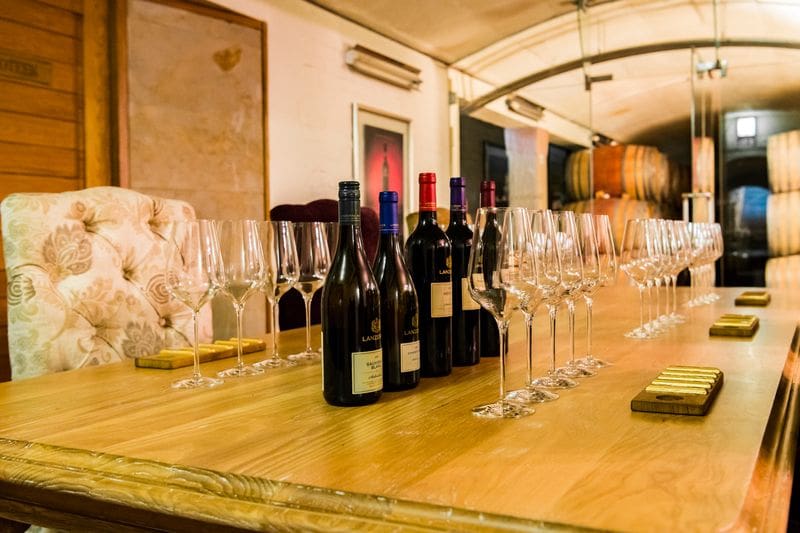
Lanzerac Sauvignon Blanc with White Safari Fruit Chocolate
Sauvignon Blanc Tasting Notes:
Generous aromas of green fruit such as Granny Smith apples interplay with white fruits such as Asian pears and white peaches in a perfect fruit-acid balance.
It introduces a fresh lemongrass mouthfeel with subtle minerality rounded off by a soft creaminess in the long finish due to extended lees contact.

White Safari Fruit Chocolate:
Peach and passionfruit aromas. Stone fruit and a variety of dried peaches and apricots on the palate.
Wine and Chocolate Pairing:
Aromas of tropical fruit which escape from the wine are intensified by the tropical aromas in the smooth white chocolate. Passionfruit and peach aromas linger and are beautifully complimented by the subtle roasted almond flavours in the chocolate. Invigorating and crisp on the finish.
Lanzerac Chardonnay with White Lemons & Limes Chocolate
Chardonnay Tasting Notes:
A spicy fruit-bomb wine with lashings of fresh citrus and ginger biscuit aromas overlaying soft cooked apples with caramel and cream, this is a wine which is jam-packed with flavour.
A soft mouthful of citrus such as lemon verbena and limes, as well as tropical fruits such as mangoes, pineapples and bananas are edged with toasty oak and the final product is balanced by good acidity and finishes with a toffee-cream tail.

White Lemons & Limes Chocolate:
Lemon, lime and sharp citrus aromas. Lemon and subtle creamy vanilla on the palate.
Wine and Chocolate Pairing:
This velvety white chocolate lifts the fresh citrus notes in the Chardonnay in extraordinary fashion. Hints of lemon and lime arise.
The creamy vanilla balances the contours of the slightly wooded Chardonnay. The finish is long, elegant and surprisingly fresh!
Lanzerac Merlot with Dark Cherry Cigar Chocolate
Merlot Tasting Notes:
This appetizing wine has everything a Merlot-lover could want, and more. Concentrated black-berried fruit is edged with sweet vanilla hints and spicy aromas on the nose.
Savoury tannine add layers of complexity, gently supporting the flavours of plums, black cherries, whiffs of cigar box and dark chocolate before a long, integrated finish rounds the wine off in fine style.

Dark Cherry Cigar Chocolate:
Dark chocolate with intense cherry and sweet berry aromas followed by subtle sweet and spicy tobacco.
Wine and Chocolate Pairing:
The intense cherry on the nose of the chocolate matches the wine in sublime complement. The red fruit and deep tobacco flavour lingering in the Merlot is beautifully accentuated by the smoky tobacco notes in the dark chocolate. Simply irresistible.
Lanzerac Cabernet Sauvignon with Cape Malay Milk Chocolate
Cabernet Sauvignon Tasting Note:
A classic Cabernet showing plenty of fruity drinkability right now with the tantalizing promise of savoury, lip-smacking maturity to come.
Black fruits abound with black cherries, currants and berries coming to the fore, all edged with hints of warm Christmas spices resembling Gluhwein.
Soft, supple tannins and freshening acidity add to the concentrated fruit, the whole suggesting there is plenty more excitement on the way.

Cape Malay Milk Chocolate:
Intense aromas of cardamom, cinnamon and clove, along with sweet spice and nutmeg shining through on the palate.
Wine and Chocolate Pairing:
This surprising milk chocolate with cardamom, cinnamon and nutmeg nose adds a new dimension to the Cabernet Sauvignon and pairs beautifully with the Christmas spice aromas of the wine.
This creates a perfect combination playing between deep fruit, spicy pepper, cloves and cinnamon. Unexpected seduction.
Lanzerac Pinotage with a Dark Chocolate Dipped Maraschino Cherry
Pinotage Tasting Note:
Lanzerac’s unique and mouthwatering pinotage is dominated by prune flavours with flirtatious hints of cherry that linger in the mouth, riding the wave of the wine’s smooth finish.

Dark Chocolate Dipped Maraschino Cherry:
A tantalizing combination of sweet and bitter, the dark chocolate dipped maraschino cherry is rich and satisfying; sweet, but not cloying.
Wine and Chocolate Pairing:
Allow the delicate sweetness and rich flavours of the dark chocolate dipped maraschino cherry to envelope your taste buds in its warm embrace, and bring out the fruity notes in this beautiful pinotage.
